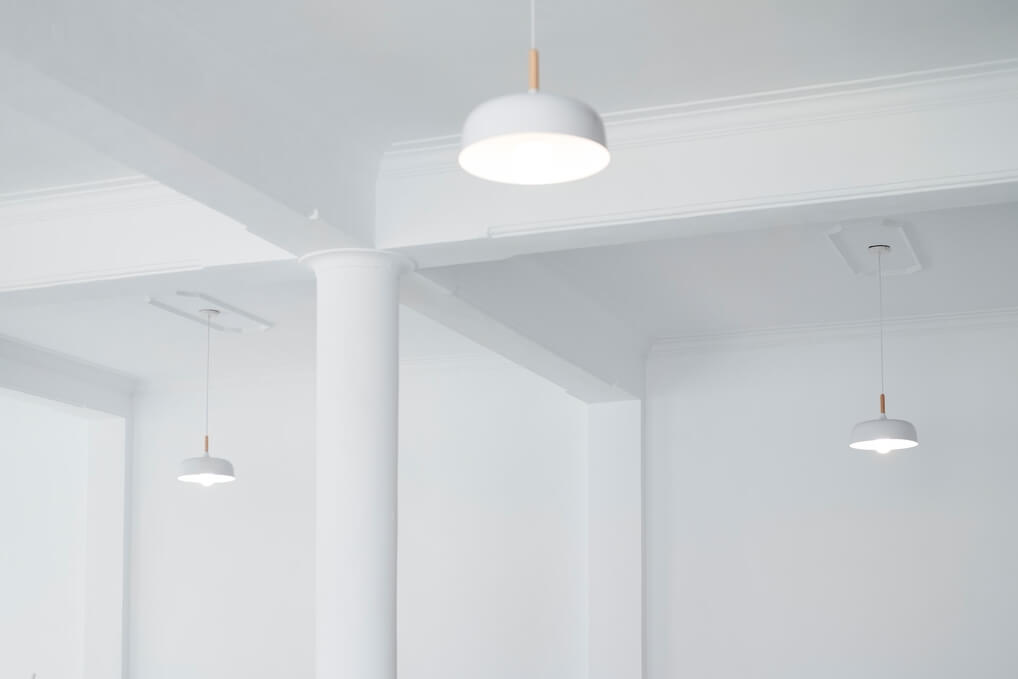
For basements, offices, and other areas, drop ceiling tiles are a popular choice. Drop ceilings, also known as suspended ceilings, necessitate careful planning and the ability to work efficiently overhead. As a result, it pays to pay attention to the finer points and spend some time doing your homework before getting started.
With a little effort and know-how, you can install a drop ceiling yourself. While following the manufacturer's instructions is the best place to start, there are a few tools and tips "not shown" in the instructions that will help the project run more smoothly.
Many factors go into deciding which drop ceiling is best for you. Begin with the look you want to achieve and work your way back to a budget you can afford. There are a variety of styles available, ranging from a simple metal grid and drop-in panels to richly coloured coffered looks that defy preconceived notions about how this ceiling treatment should appear.
When calculating the final cost, keep in mind that, unlike drywall (which is much cheaper to buy but much more difficult to finish), a suspended ceiling requires no additional work once installed.
While the strictest definition of a suspended ceiling is one that hangs a few inches below the existing ceiling or framing and is supported by a metal grid, other options include surface-mounted ceilings with clips that screw directly to the framing above. The installation tools and techniques, on the other hand, are nearly identical.
When choosing between suspended and surface-mounted products, keep in mind that the latter takes up less valuable headroom, which is often lacking in older homes. They may, however, limit access to mechanicals that run through the joist space.
You'll need the following items:
Before you start installing, you'll need to do some math, which the instructions will walk you through. Because the entire job is dependent on this initial work, it's worth double-checking your measurements and layout.
The following are the two most important factors:
Add patience to the mix as well. Unless you're used to dragging ladders around and working over your head all day, those muscles aren't put to much use on a daily basis. Slow down. Work methodically and observe the transformation of your ceiling.
AstheticTrend collects & utilizes cookies from third-parties & affiliate networks to improve user experience. If you buy a product or service after clicking on one of our links, we may get a commission.